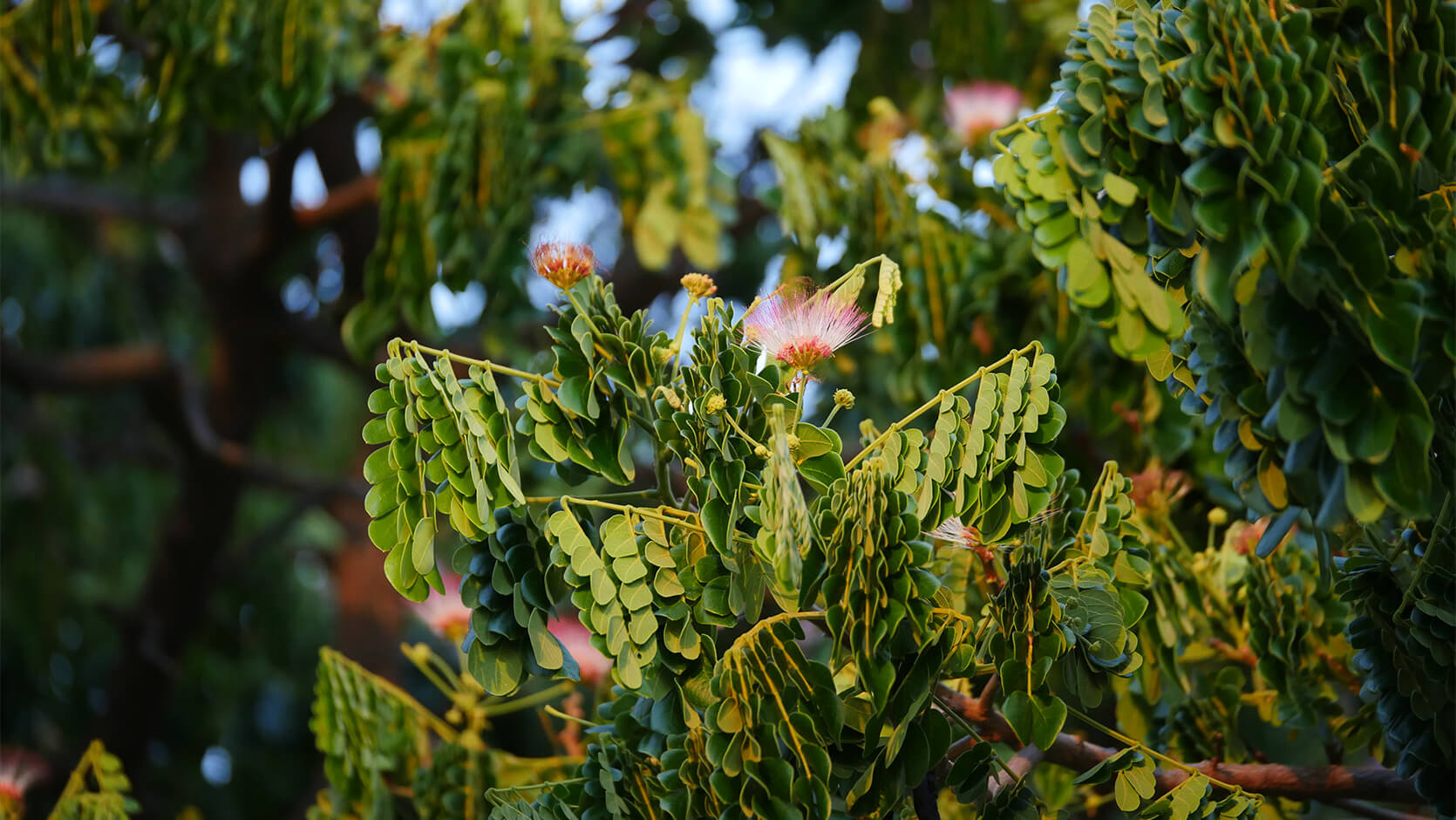Plants can “wake and sleep”
At first glance, plants may not appear very interesting on the surface, but if we observe them carefully, their “movements”
will amaze us!
We may be familiar with Mimosa pudica, also known as the sensitive plant that closes its leaflets when touched, and the venus fly trap, which snaps shut on unsuspecting insects. However, the amazing fact is, all plants can move, just not as quickly as we’d care to observe them. Indeed, Charles Darwin spent several years doing research for his book, ‘The Power of Movement in Plants’!

For the less patient, there are plant movements on a daily cycle! One of the most common and yet frequently overlooked plant movements are the “wake and sleep” movements called nyctinasty (say it: nick-tea-nasty, meaning ‘night-pressed’ in Greek). These movements are controlled by internal, daily, circadian rhythms, as well as light detection.
As the sun rises, many plants raise and spread out their leaves to catch more light or open their flowers to attract pollinators. As the sun sets, they close their leaves and flowers to reduce water loss and avoid becoming a midnight snack for hungry herbivores.

Pulvini are the tiny, dark, swollen structures at the base of each of this tamarind tree’s leaflets. These motor organs control leaf movement by regulating water pressure at each ‘joint', causing swelling and leaf lifting or shrinking and leaf folding.
Prayer plants, the colourful, patterned houseplants in the marantha family were so named because of the folding movement of their leaves at night. Many legumes – pea and bean relatives – like tamarind and the raintree, also fold their leaves at night and extend them in the day.

The raintree was supposedly named as such after locals were mystified at the damp ground under the trees in the morning, and thought these trees produced their own rain at night. In fact, it was nighttime rain that just fell through the folded leaflets of the trees, thus wetting the soil below!
Try it yourself! Plant time-lapse tips and tricks
Do your houseplants close their leaves at night? Catch them in action!
There are many ways to take timelapse videos; one of the simplest ways is to use your mobile phone camera.
Here are some tips to help you take a good time-lapse using a mobile phone.
- Use a time-lapse app - these allow you to set timers and video lengths, unlike most in-built phone camera time-lapse functions.
- Plug the phone into a power source and make sure it has enough memory (we also recommend putting it in airplane mode to prevent any disruptions).
- Mount the phone securely in front of your plants and ensure that the plants are in focus.
- Set the time-lapse app to record for 3-4 hours, from pre-dawn to late morning (6am-10am in Singapore) or late afternoon to sunset (4pm-8pm in Singapore).


